If a family or individual spends more than 10% of its income on energy and if the cash that remains is insufficient to maintain an adequate standard of living, that household is in fuel poverty.
The University of York predict 73% of Scots will be in fuel poverty by January.
This isn’t just a crisis to be felt by the poorest and most vulnerable, although they will feel it most acutely.
It will impact on three in every four Scots.
Like a puppy, it’s not just for Christmas either.

With the war in Ukraine expected to continue indefinitely, and inflation projected to remain in double figures for the next 12 months at least, the United Kingdom is going to go through an intensely difficult economic period.
A poverty pandemic no less, combined with a squeeze on living standards for the those on decent wages in secure jobs which will have a ripple affect across hospitality, culture and retail sectors.
When we stop spending on leisure, that means jobs – very often jobs held by young people.
The same young people who have born the brunt of the last economic crash in terms of their prospects and opportunities.
It’s beyond grim.
The annual “Programme for Government” should be rooted in the poverty pandemic
Scotland’s First Minister Nicola Sturgeon will return to Parliament next week and reveal her annual “Programme for Government.”
One of the big set pieces of the Parliamentary year, it will detail what laws and policies they will introduce over the coming 12 months.
In most years, the starting point for the “PfG” as it’s known is the manifesto of the political party or parties who hold power.
This year’s will surely be rooted in the poverty pandemic coming down the pipeline.
In part because our leaders will want to act and in part because they know they’ll be harshly judged if they don’t.
Expect lots of references in the coming days to the powers the Parliament does and doesn’t.
It’s aspirations to do more if it only had the levers it needed.
Chief amongst these in the eyes of the SNP/Greens would be powers over energy.
The ability to nationalise the industry, to do something about wholesale energy costs or to freeze bills.
There’s a place for political rhetoric, of course there is, but you can’t heat a kid’s bedroom with a speech, so it’s time for action too.
Homelessness is on the rise
The bottom line is that the byproduct of the energy crisis will be a housing crisis.
More and more people are going to generate debt they can’t afford, default on their bills, rent and mortgages.
The deeper the coming recession the greater the impact on the employment figures, with young people in precarious work in those bars, restaurants and shops still recovering from Covid the first to lose their jobs and therefore their livelihoods.
The First Minister doesn’t have the powers to fix the energy crisis, but she does have the powers to act when it comes to housing.
The Scottish Government’s own statistics show homelessness is already rising.
>>The plan should be developed around three key commitments:
1. BUY AND BUILD 38,500 SOCIAL HOMES BY 2026
2. FULLY FUND HOMELESSNESS SERVICES
3. GUARANTEE THE RIGHT TO A HOME IF HOMELESS..
— Shelter Scotland (@shelterscotland) August 31, 2022
I bet you a tenner you can’t find a credible expert who thinks that number is going to do anything other than rocket over the next year.
Dive deeper into the numbers and you can see a staggering increase in families with children living in temporary housing.
Once they’re in that bed and breakfast or hostel, they can expect to be there for on average, 343 days.
Imagine every seat in Starks Park filled by a child without a permanent home in Scotland.
All that before the winter that is coming.
The Scottish Government must tackle the housing crisis
The system of temporary housing is creaking and on the cusp of being utterly overwhelmed.
Shelter Scotland report that some council’s with no temporary accommodation options left, are sending people who present as homeless to the Highlands or Newcastle.
That’s now, today, all before what is coming.
There are answers to this.
The trajectory set by a rising tide of abject poverty is not inevitable, but it requires bold action now.
New national statistics show that homelessness is rising back to pre-pandemic levels. A shocking number of 8,635 children are currently stuck in temporary accommodation, the highest number on record.
— Shelter Scotland (@shelterscotland) August 22, 2022
First of all the Scottish Government needs to get serious about buying and building homes.
Park the 2040 targets that are a world away, and buy homes now in areas of greatest need, it’s cheaper than building them.
We’ve still got to keep building though and giving the rising costs of each brand new house, we should stop subsidising mid-market rental properties and spend all the available cash on building homes for social rent.
Whilst we’re at it, force owners of long-term empty homes to either sell up or rent out.
Scotland has a law that says that people have a right to be suitably housed within 7 days.
This law was broken, by councils, over 2000 times in the last 12 months.
On paper, Scots have some of the strongest housing rights in the world, but the Scottish Government’s own stats show that people are being unlawfully denied them on a daily basis.
What’s the point in having rights that can’t be realised?
What’s the point in having any powers to act if you won’t use them in times like these?


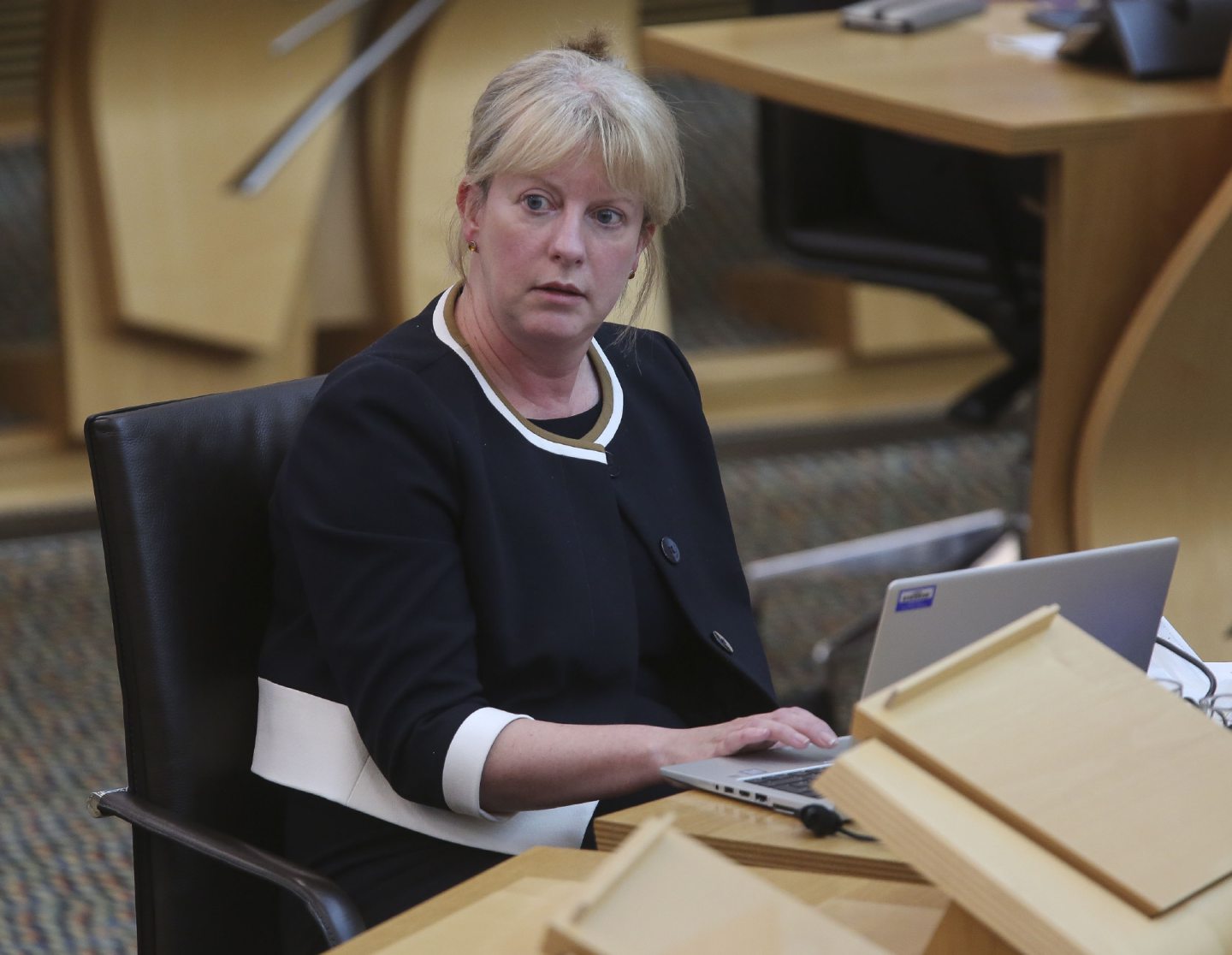
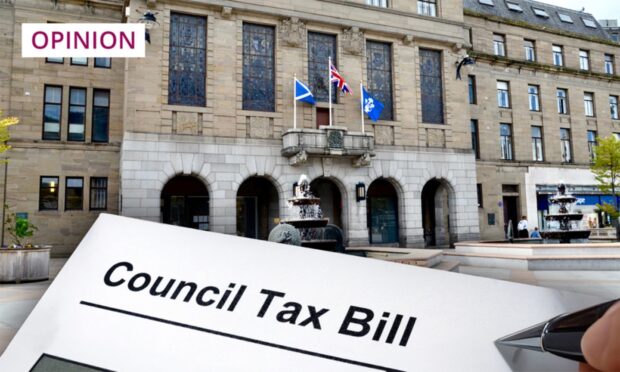
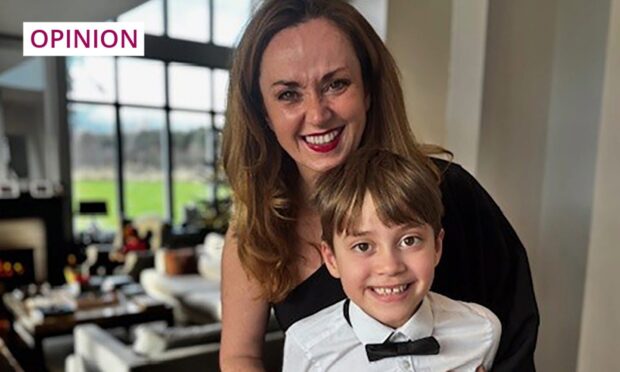
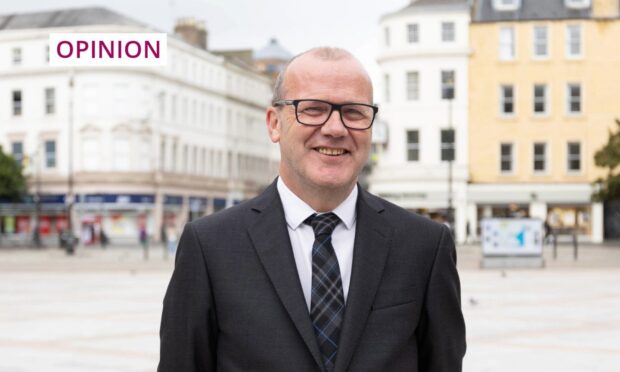
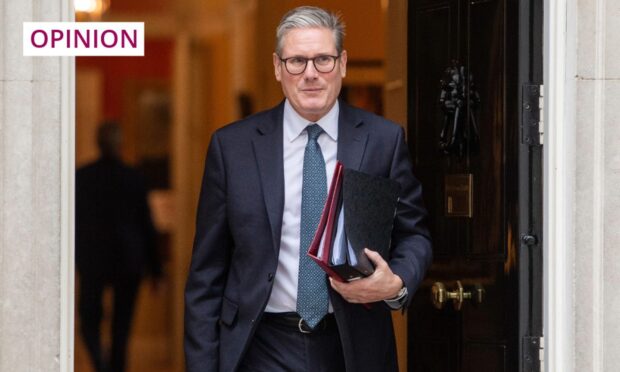
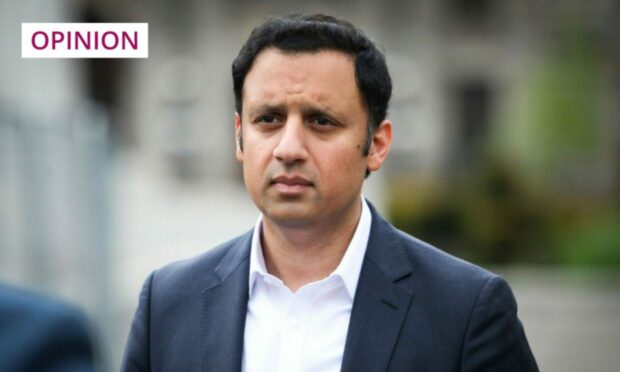
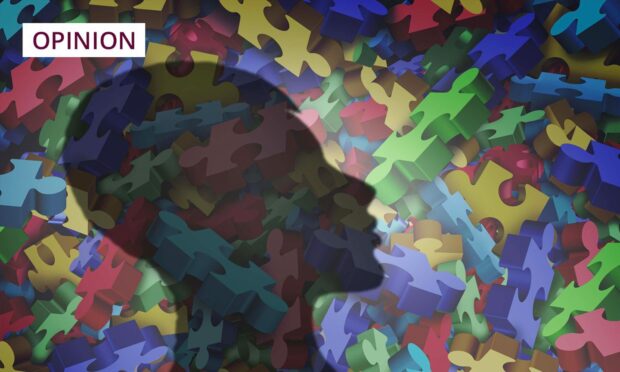

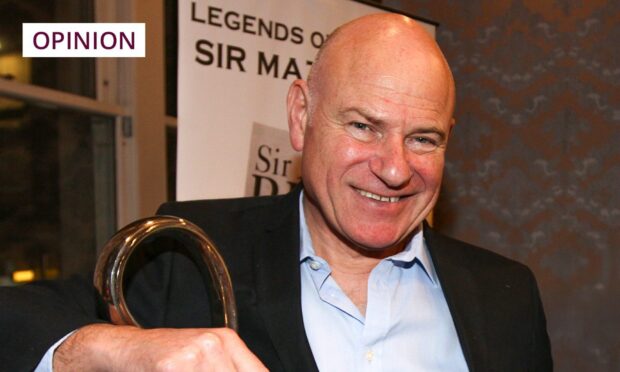
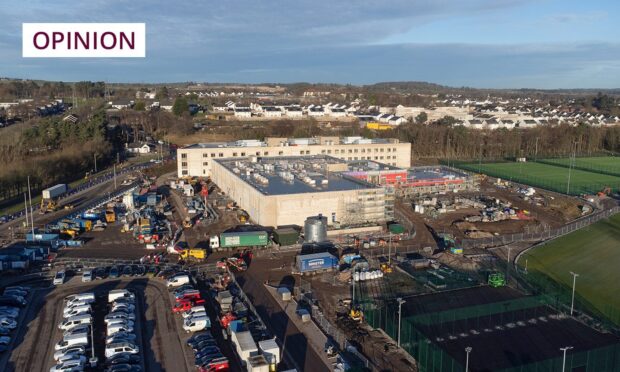
Conversation